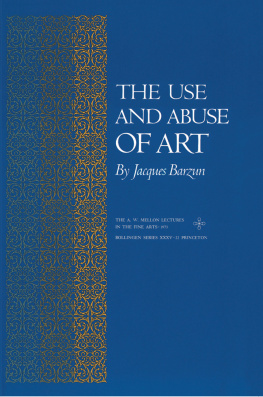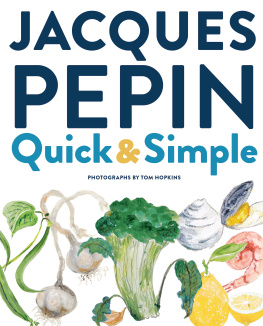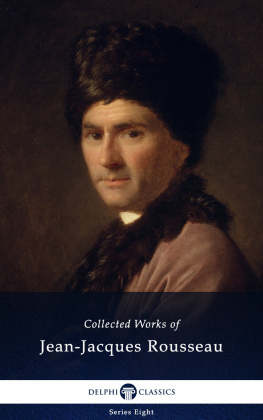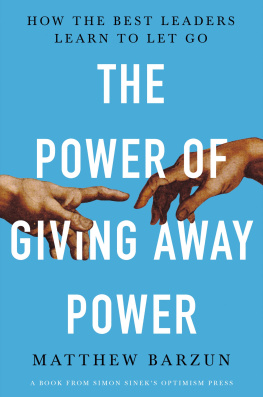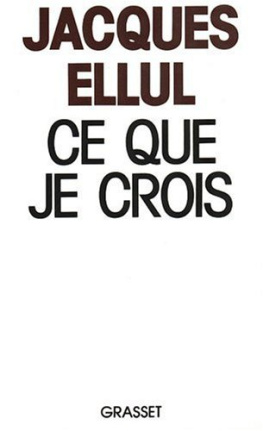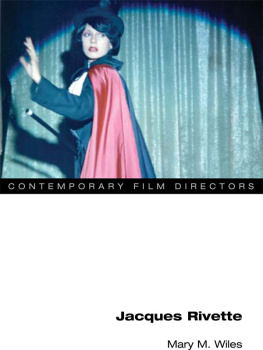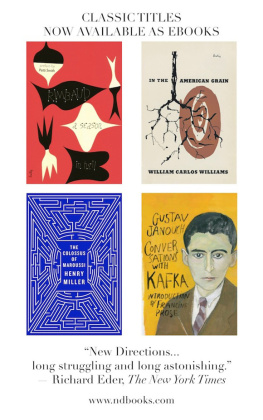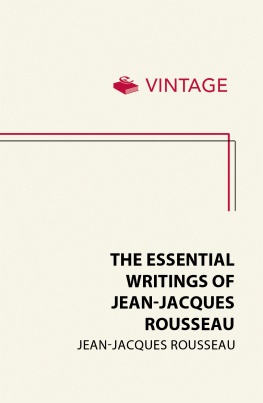Jacques Barzun - The Use and Abuse of Art
Here you can read online Jacques Barzun - The Use and Abuse of Art full text of the book (entire story) in english for free. Download pdf and epub, get meaning, cover and reviews about this ebook. year: 2020, publisher: Princeton University Press, genre: Science. Description of the work, (preface) as well as reviews are available. Best literature library LitArk.com created for fans of good reading and offers a wide selection of genres:
Romance novel
Science fiction
Adventure
Detective
Science
History
Home and family
Prose
Art
Politics
Computer
Non-fiction
Religion
Business
Children
Humor
Choose a favorite category and find really read worthwhile books. Enjoy immersion in the world of imagination, feel the emotions of the characters or learn something new for yourself, make an fascinating discovery.
- Book:The Use and Abuse of Art
- Author:
- Publisher:Princeton University Press
- Genre:
- Year:2020
- Rating:4 / 5
- Favourites:Add to favourites
- Your mark:
- 80
- 1
- 2
- 3
- 4
- 5
The Use and Abuse of Art: summary, description and annotation
We offer to read an annotation, description, summary or preface (depends on what the author of the book "The Use and Abuse of Art" wrote himself). If you haven't found the necessary information about the book — write in the comments, we will try to find it.
The Use and Abuse of Art — read online for free the complete book (whole text) full work
Below is the text of the book, divided by pages. System saving the place of the last page read, allows you to conveniently read the book "The Use and Abuse of Art" online for free, without having to search again every time where you left off. Put a bookmark, and you can go to the page where you finished reading at any time.
Font size:
Interval:
Bookmark:

THE A. W. MELLON LECTURES IN THE FINE ARTS
DELIVERED AT THE NATIONAL GALLERY OF ART
WASHINGTON, D. C.
1952 . CREATIVE INTUITION IN ART AND POETRY by Jacques Maritain
1953 . THE NUDE: A STUDY IN IDEAL FORM by Kenneth Clark
1954 . THE ART OF SCULPTURE by Herbert Read
1955 . PAINTING AND REALITY by Etienne Gilson
1956 . ART AND ILLUSION: A STUDY IN THE PSYCHOLOGY OF PICTORIAL REPRESENTATION by E. H. Gombrich
1957 . THE ETERNAL PRESENT: I. THE BEGINNINGS OF ART
II. THE BEGINNINGS OF ARCHITECTURE by S. Giedion
1958 . NICOLAS POUSSIN by Anthony Blunt
1959 . OF DIVERS ARTS by Naum Gabo
1960 . HORACE WALPOLE by Wilmarth Sheldon Lewis
1961 . CHRISTIAN ICONOGRAPHY: A STUDY OF ITS ORIGINS by Andr Grabar
1962 . BLAKE AND TRADITION by Kathleen Raine
1963 . THE PORTRAIT IN THE RENAISSANCE by John Pope-Hennessy
1964 . ON QUALITY IN ART by Jakob Rosenberg
1965 . THE ORIGINS OF ROMANTICISM by Isaiah Berlin
1966 . VISIONARY AND DREAMER: TWO POETIC PAINTERS, SAMUEL PALMER AND EDWARD BURNE- JONES by David Cecil
1967 . MNEMOSYNE: THE PARALLEL BETWEEN LITERATURE AND THE VISUAL ARTS by Mario Praz
1968 . IMAGINATIVE LITERATURE AND PAINTING by Stephen Spender
1969 . ART AS A MODE OF KNOWLEDGE by Jacob Bronowski
1970 . A HISTORY OF BUILDING TYPES by Nikolaus Pevsner
1971 . GIORGIO VASARI: THE MAN AND THE BOOK by T. S. R. Boase
1972 . LEONARDO DA VINCI by Ludwig H. Heydenreich
1973 . THE USE AND ABUSE OF ART by Jacques Barzun
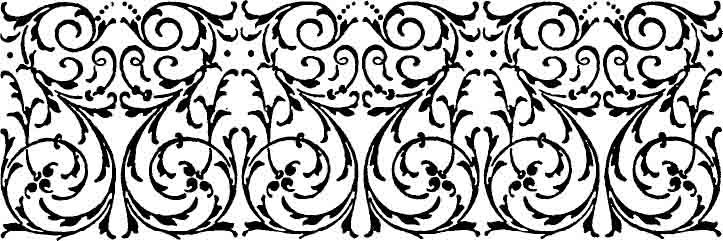
BOLLINGEN SERIES XXXV.22
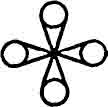

THE A. W. MELLON LECTURES
IN THE FINE ARTS 1973
THE NATIONAL GALLERY OF ART
WASHINGTON, D.C.

BOLLINGEN SERIES XXXV 22
PRINCETON UNIVERSITY PRESS
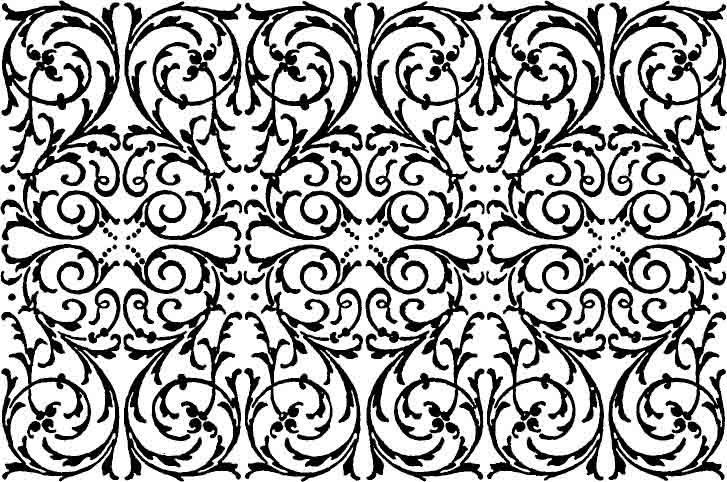

The Use and
Abuse of Art
By Jacques Barzun

Copyright 1974 by the Trustees of
The National Gallery of Art, Washington, D.C.
Published by Princeton University Press,
Princeton and Chichester, West Sussex
LCC 73-16780
ISBN 0-691-01804-9 (paperback edn.)
ISBN 0-691-009903-0 (hardcover edn.)
First PRINCETON PAPERBACK Printing, 1975
The volumes of lectures constitute
Number XXXV in Bollingen Series, sponsored
by Bollingen Foundation.
eISBN: 978-0-691-21633-1
R0

The Use and Abuse of Art
Lecture ONE
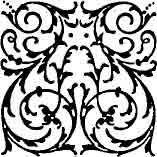
Why Art Must Be Challenged
LADIES AND
GENTLEMEN :
Those of you who are readers of Nietzsche will recognize in the title I have given to this series of talksThe Use and Abuse of Art a paraphrase of the title of his great essay of a century ago, The Use and Abuse of History. Nietzsche was a trained historian and he was not undermining his own craft. Neither is it my purpose to undermine Art. It would be strange indeed if after a lifetime of concern and activity in behalf of the arts, I should feel a sudden whim to turn against them. What I hope to exhibit here is something very different from attack and defenceand more difficult. If one looks at Nietzsches title in the original German one perceives his intention more exactly, and mine as well. What the German title says in so many words is: The advantages and disadvantages of history for life. Such also is my preoccupation about art. Nietzsche goes on to speak of the worth and un-worth of history in relation to life. He came to the conclusion that the historical sense under certain conditions weakens the sense of life. History, nonetheless, retains its proper uses and should greatly flourish. Similarly, I shall hope at the end to assess the worth and the uses of art and invite you to judge them with me. Throughout we shall be asking ourselves whether there may not be unsuspected disadvantages in both our formal and our casual absorption of art even in our habitual modes of talk about itall this in order to reach a conclusion about its value and its drawbacks for life at the present time.
I grant you that life is a rather vague termwhose life? What kind of life? spiritual or material or both? And life at whose expense? Think of that remark of William Faulkners, which many people would applaud without scruple: If a writer has to rob his mother, he will not hesitate: the Ode to a Grecian Urn is worth any number of old ladies. The morals of this bravado are farreaching. Is it right to sacrifice for art the lives that modern feeling would refuse to sacrifice for the good of the state? Perhaps. Then is it decided that art is superior to society? Yes or No? I shall try to give detailed answers to questions such as these. At this point let me say only that I have at heart the well-being of the individual who cultivates the arts as maker or beholder, no less than the wellbeing of the society that supports and encourages artistic production, distribution, and conservation.
These matters affect large numbers of people and involve large groups of facts and feelings; but even though the scope is broad, the inquiry ought not to proceed by bare generalities or simple abstractions. My task therefore calls for much descriptionto show what contemporary art is and does and how it is felt and thought about; together with much analysis, comparison, and interpretationto show what I see as the effect of this vast activity upon life. A complete description is of course impossible, as much so as a direct demonstration of effects. I can only supply illustrative examples. These will be drawn from all the arts and from social and intellectual realities presumably known to everybody. The particulars will not so much prove what I advance, as remind you of what you know. Having had your memory of actual artistic experiences refreshed, you will be able to see for yourselves whether my interpretations fit the remaining body of facts that we lack the time to look at together.
For this procedure to be effective, I shall need the help of your imagination and sense of analogy. If I cite a work or an event that you do not know, you can obviously not bring it before your minds eye. But as I go from example to example in an explicit context, you can surely bring up a case of your own to fill the gap of the one you happen not to recognize. That is what I mean by exercising your sense of analogy. I beg you not to dismiss one or another of my conclusions before you have looked over your own range of experience and seen whether some portion of it does or does not correspond to what I say. There is plenty of time for you to reject my views if in the end the evidence seems to you inadequate.
Font size:
Interval:
Bookmark:
Similar books «The Use and Abuse of Art»
Look at similar books to The Use and Abuse of Art. We have selected literature similar in name and meaning in the hope of providing readers with more options to find new, interesting, not yet read works.
Discussion, reviews of the book The Use and Abuse of Art and just readers' own opinions. Leave your comments, write what you think about the work, its meaning or the main characters. Specify what exactly you liked and what you didn't like, and why you think so.

